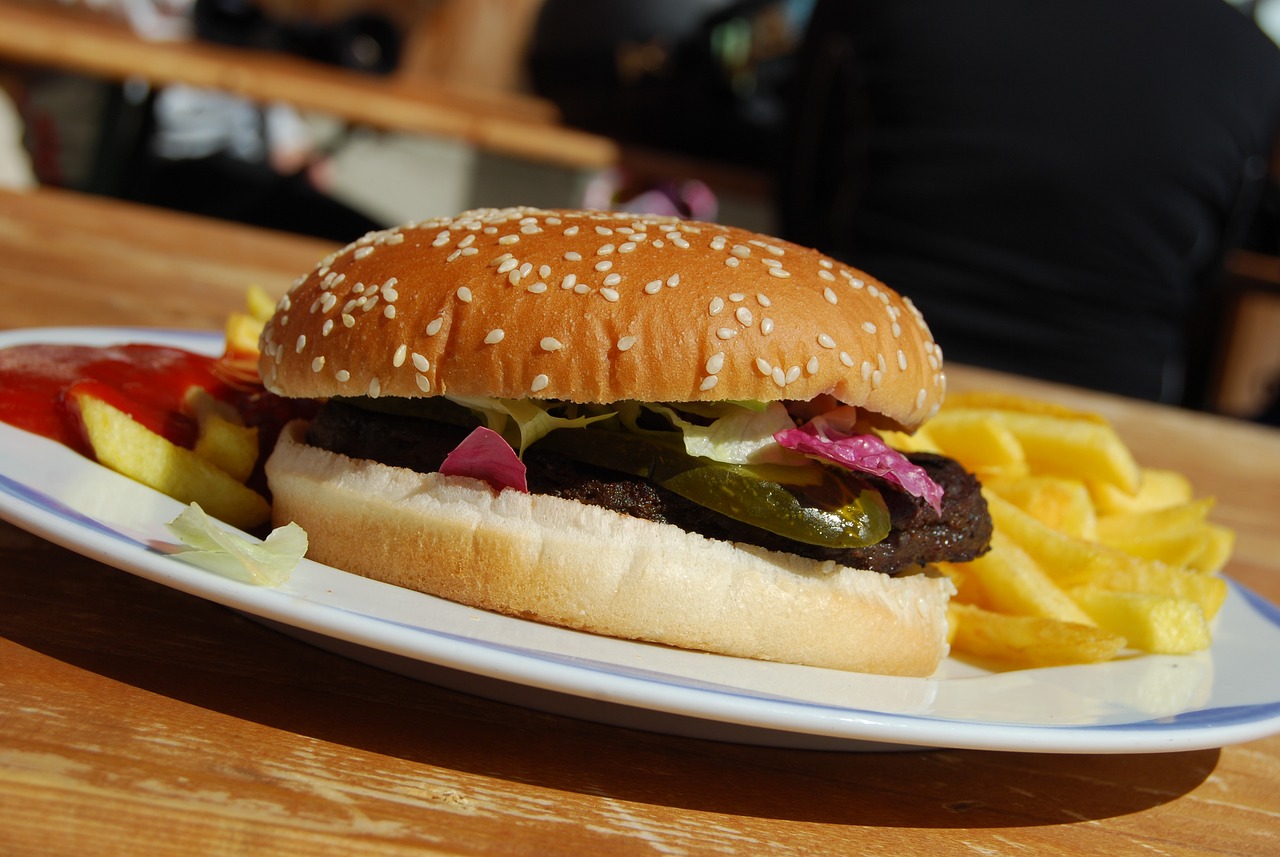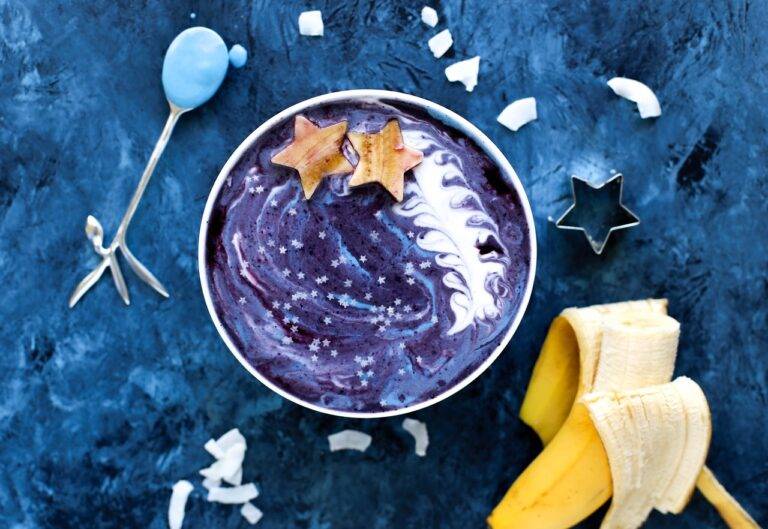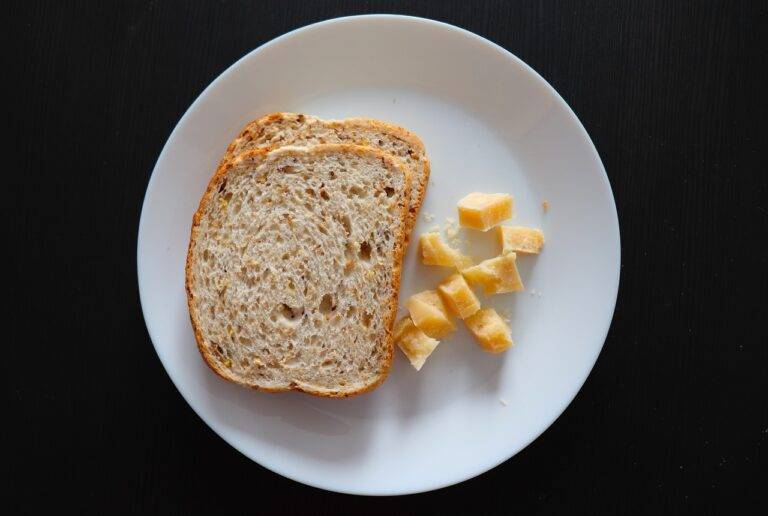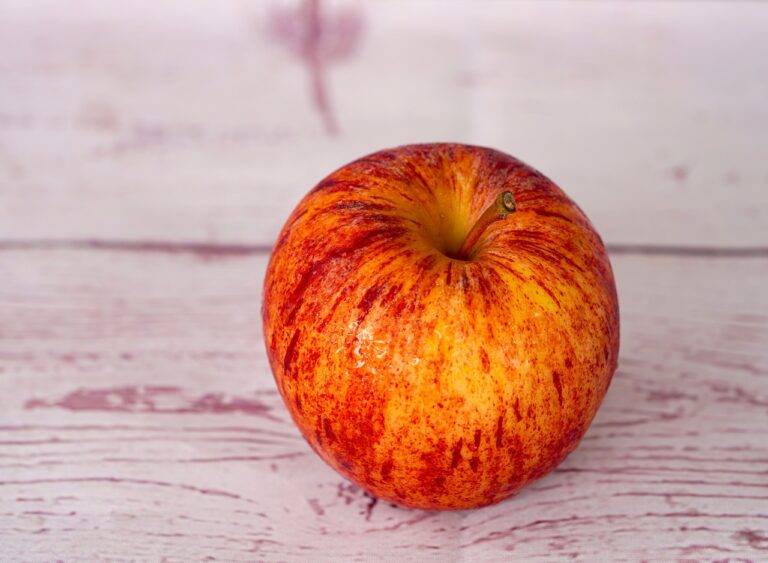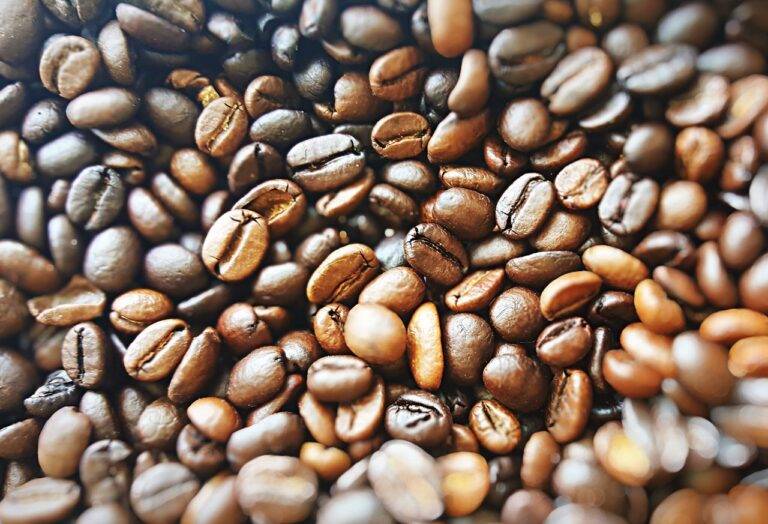The Science Behind Food Pairing and Wine
Understanding taste profiles is essential when it comes to creating harmonious food pairings. The five basic taste profiles—sweet, salty, sour, bitter, and umami—play a crucial role in how different components of a meal interact with each other and with accompanying beverages. By balancing these taste profiles thoughtfully, chefs and sommeliers can elevate the dining experience, creating a symphony of flavors that complement and enhance each other.
When considering taste profiles in food pairing, it is crucial to remember that each individual’s palate is unique. Factors such as cultural background, personal preferences, and even genetics can influence how we perceive flavors. This subjectivity highlights the importance of experimentation and open-mindedness when it comes to exploring new flavor combinations and pushing the boundaries of traditional pairings.
How Aroma Compounds in Food Interact with Wine
Highly aromatic foods can significantly influence the overall experience of wine pairing. Aromas present in food can either complement or contrast with the aromas found in wine, enhancing or diminishing the overall flavor profile. For example, a dish rich in citrus and tropical fruit notes can amplify similar aromas in a fruity white wine, creating a harmonious pairing that heightens the sensory experience.
Conversely, when pairing wine with foods containing strong umami flavors like mushrooms or aged cheeses, it is crucial to consider how these aromas interact with the wine. The savory, earthy components of umami-rich dishes can sometimes overpower delicate wine profiles, leading to a mismatched pairing. Understanding how aroma compounds in food interact with wine is essential for achieving balance and harmony in flavor combinations.
The Impact of Texture on Food and Wine Pairing
Texture plays a crucial role in the harmony of food and wine pairings. The way a dish feels in the mouth can greatly influence the overall dining experience. Foods with contrasting textures, such as crispy fried chicken or creamy risotto, can complement or contrast with the characteristics of a wine, creating a more complex and satisfying gastronomic experience.
The texture of a dish can also impact how the flavors of a wine are perceived. For example, a silky smooth chocolate mousse can enhance the richness and smoothness of a full-bodied red wine, while a crunchy salad can provide a refreshing contrast to a crisp white wine. By paying attention to the textures of both the food and the wine, one can create pairings that not only taste delicious but also engage all the senses for a truly memorable dining experience.

